The transition from NIL to revenue sharing
-
Latest Rankings
-
Updated
-
Updated
-
Updated
-
Updated
-
-
College Commitments
Jacob McVige
Honeoye Falls-Lima, New York
Class of 2026
Committed to Lock Haven
Projected Weight: 149
Cael Puderbaugh
Basehor-Linwood, Kansas
Class of 2027
Committed to Little Rock
Projected Weight: 141
Caroline Collins
Carlsbad, California
Class of 2026
Committed to Dakota Wesleyan (Women)
Projected Weight: 110
JaeLeigh Miller
Lyons-Decatur, Nebraska
Class of 2026
Committed to Dakota Wesleyan (Women)
Projected Weight: 207
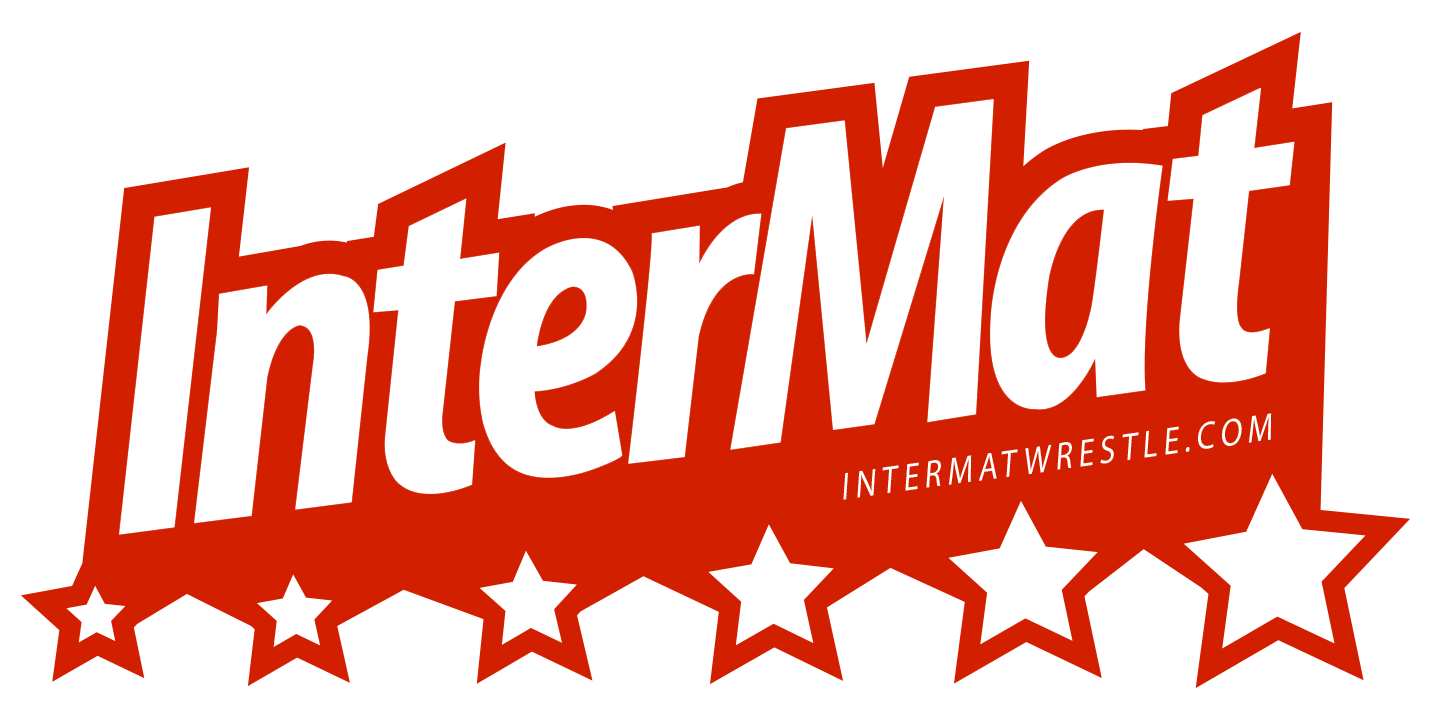

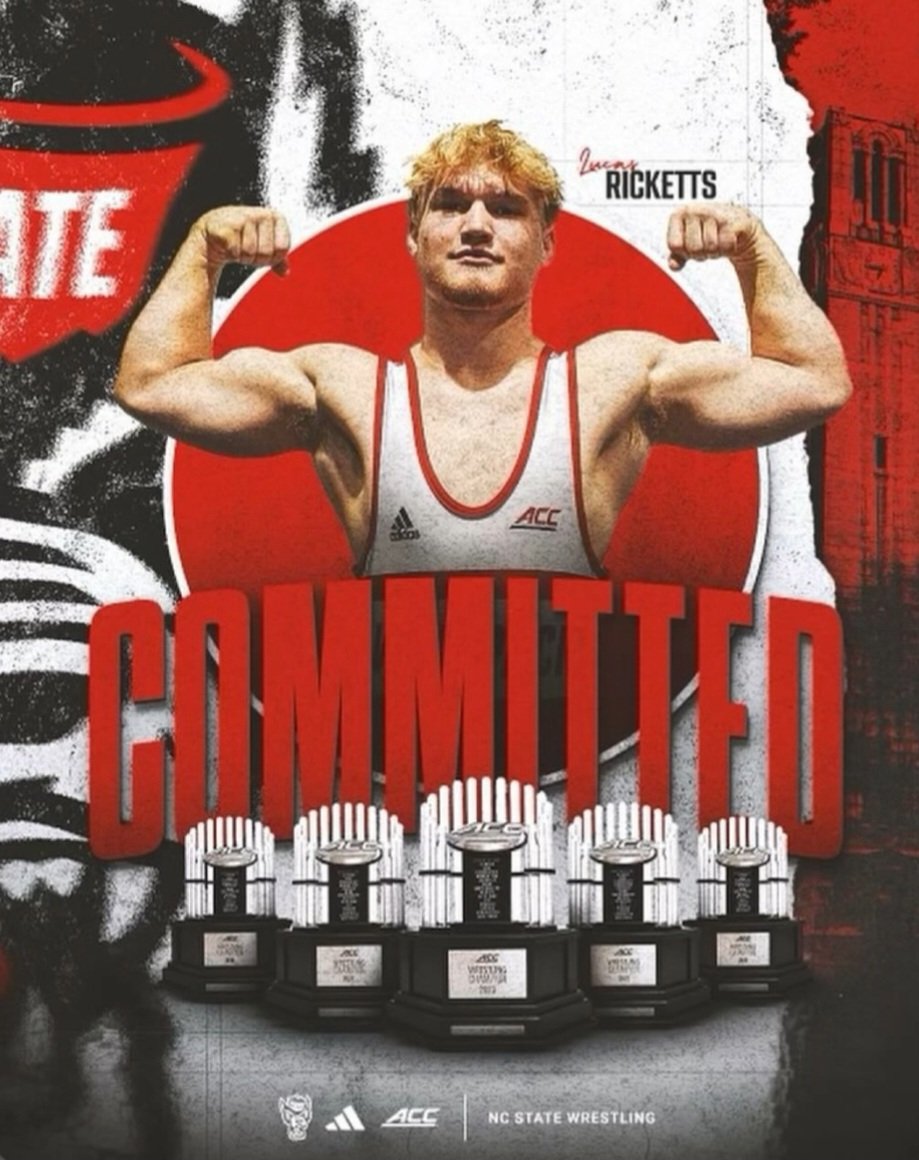
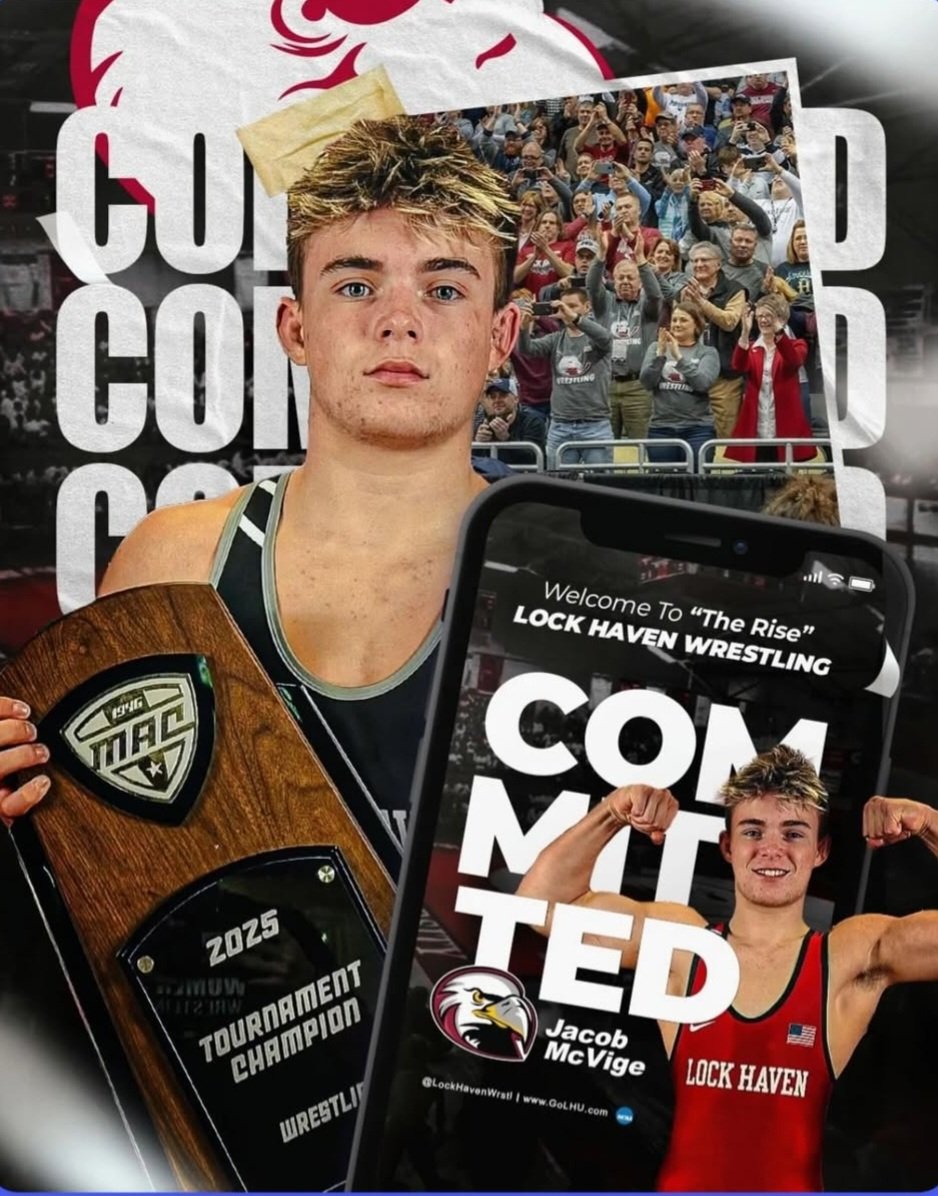
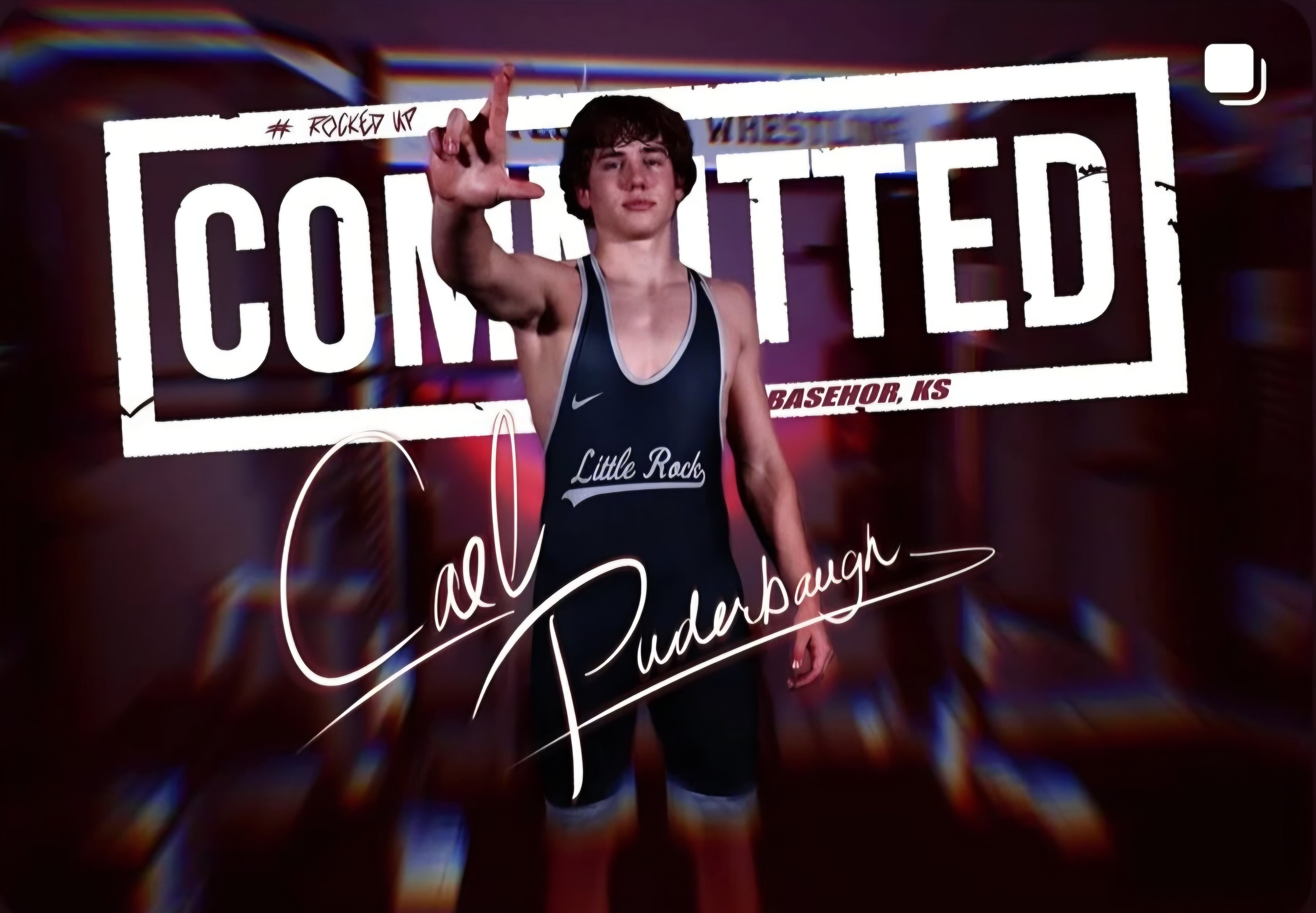
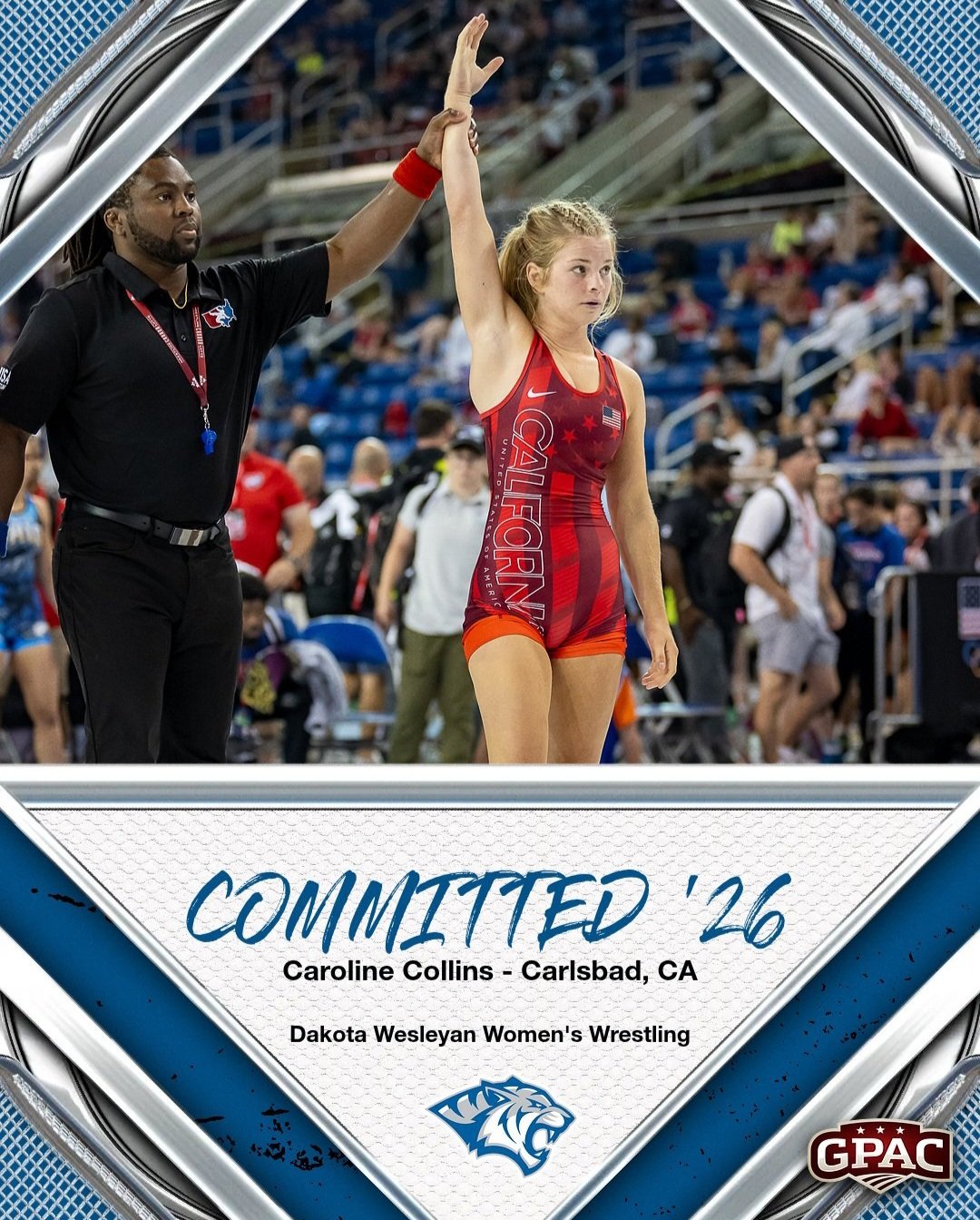
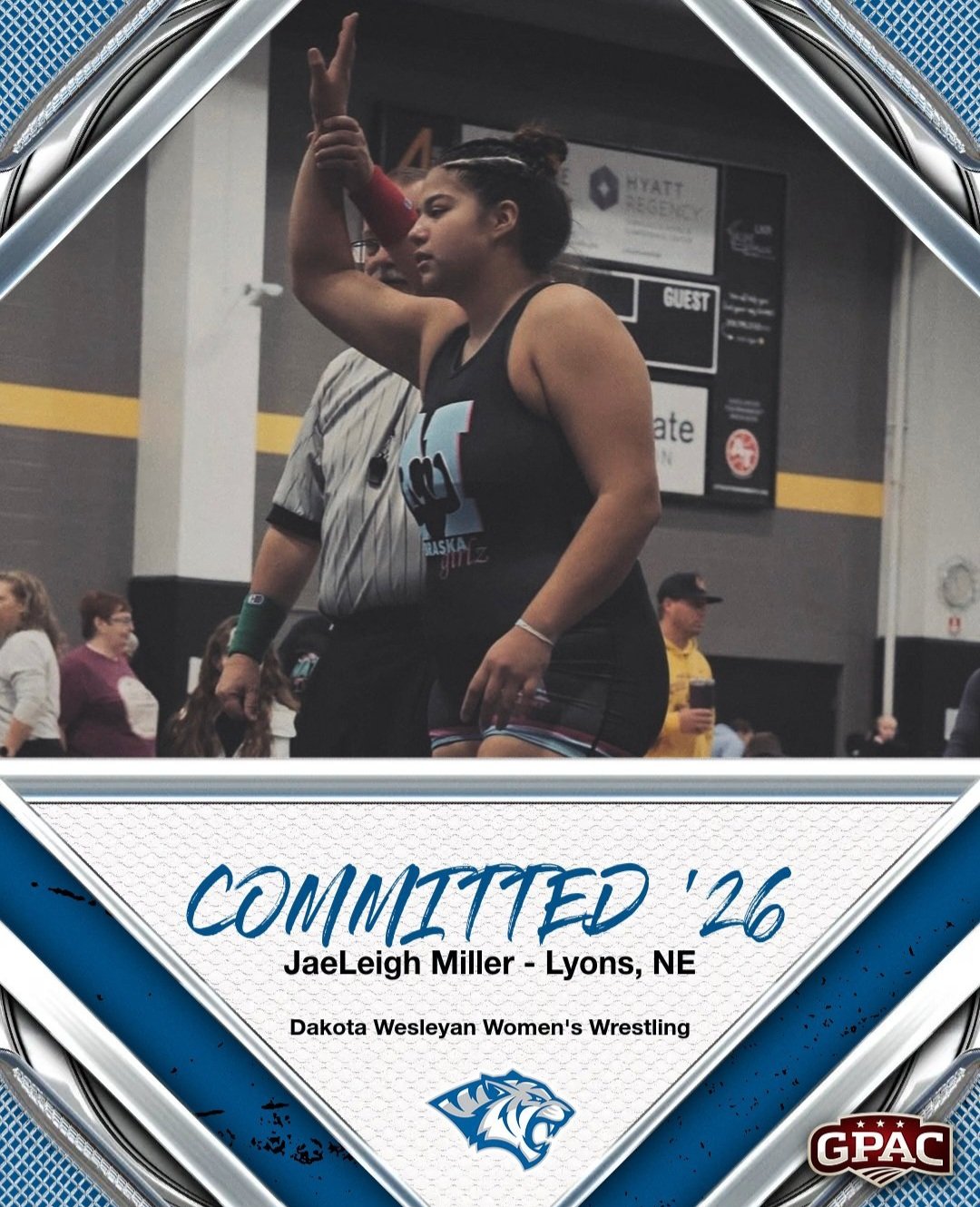
Recommended Posts
Create an account or sign in to comment
You need to be a member in order to leave a comment
Create an account
Sign up for a new account in our community. It's easy!
Register a new accountSign in
Already have an account? Sign in here.
Sign In Now